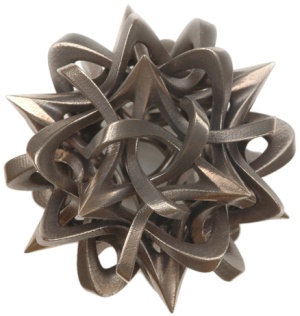Last weekend was the beginning of the 100 Push Up challenge and I managed to get through 30 consecutive push ups for the initial strength test.
I really have no idea of what ‘normal’ would be for an average guy being asked to do push ups but I generally consider myself reasonably strong – so figured that an initial strength test of 30 was doing pretty well. It wasn’t until I read the training program to complete 100 consecutive push ups that I realised that I was no where near strong enough, in particular completely lacking the endurance. When doing strength training at a gym, I would normally do 3 sets of 10-12 repitions on a much heavier weight but the challenge of five sets with much, much higher repititions is going to be tough.
The first session in week 3 was, in short, an eye opening experience. I had assumed that since the guide placed me into week 3 that it’d be relatively smooth sailing, however I wasn’t able to complete all the requirements on each of the five sets and came up short in sets four and five. Not surprisingly, within 15 minutes of completing the session – my arms felt like they’d recovered and were able to go again. It wasn’t until Tuesday that I realised that doing push ups was working whole new sets of muscle groups, core muscles to be exact which were noticely tired and sore that day.
Session number two and the repitions increased again, which after not completing the first session successfully only two days earlier – I held little hope that I’d make it through. To my surprise, while I didn’t make it through all five sets completely – I only came up by a handful of push ups and incresed my total work output from 70 to 95 push ups.
On to the last session for the week and everything increased again, however after having what I’d consider a successful session two – I entered session three with reasonable expectations that I’d at least complete the strength training completely. Not only did each of the sets get completed, I pushed an additional 10 push ups out of the fifth set giving a total of 130 for the session.
I wasn’t sure what to expect going through last weeks work out with such a weak start, however after the initial shock of strength and endurance training for the first time in 10 months – everything kicked back into gear and I’m hopeful that I won’t fall off the wagon until I can complete at least 100 consecutive push ups!
 I came across some of the most magnificent
I came across some of the most magnificent